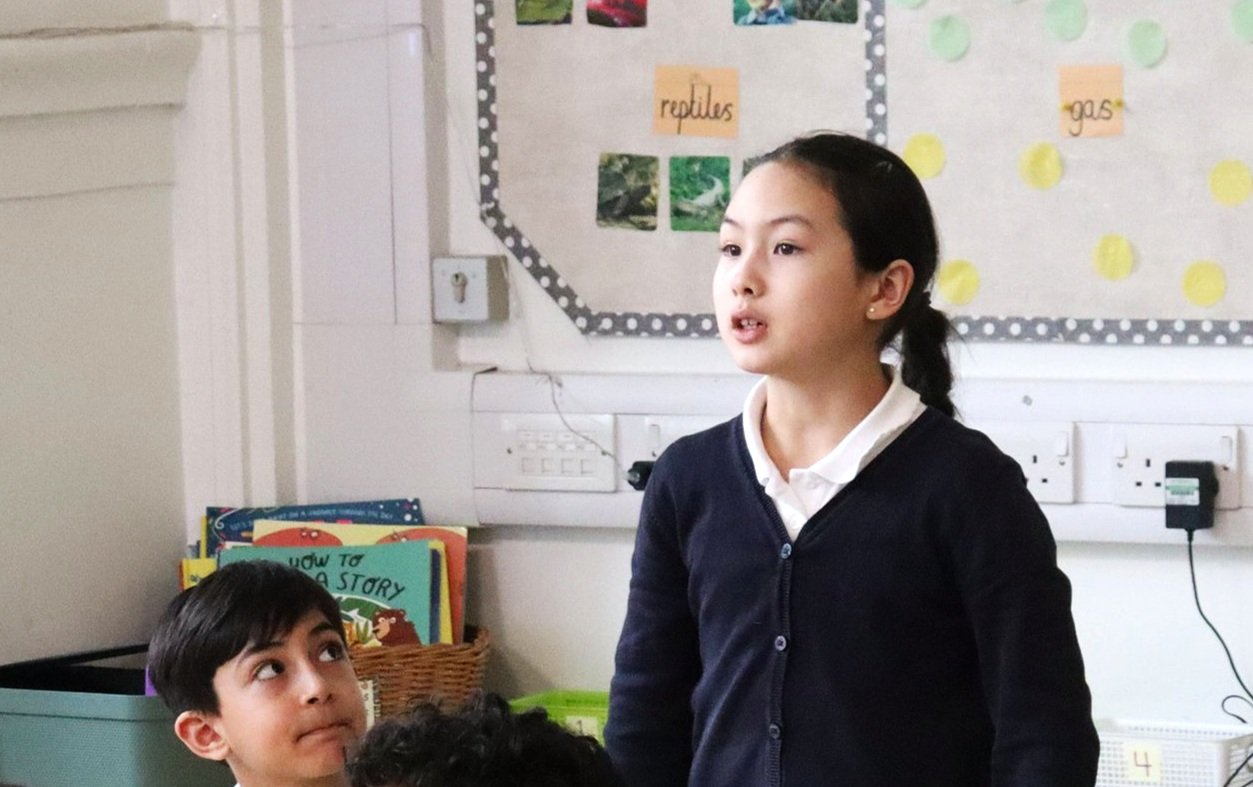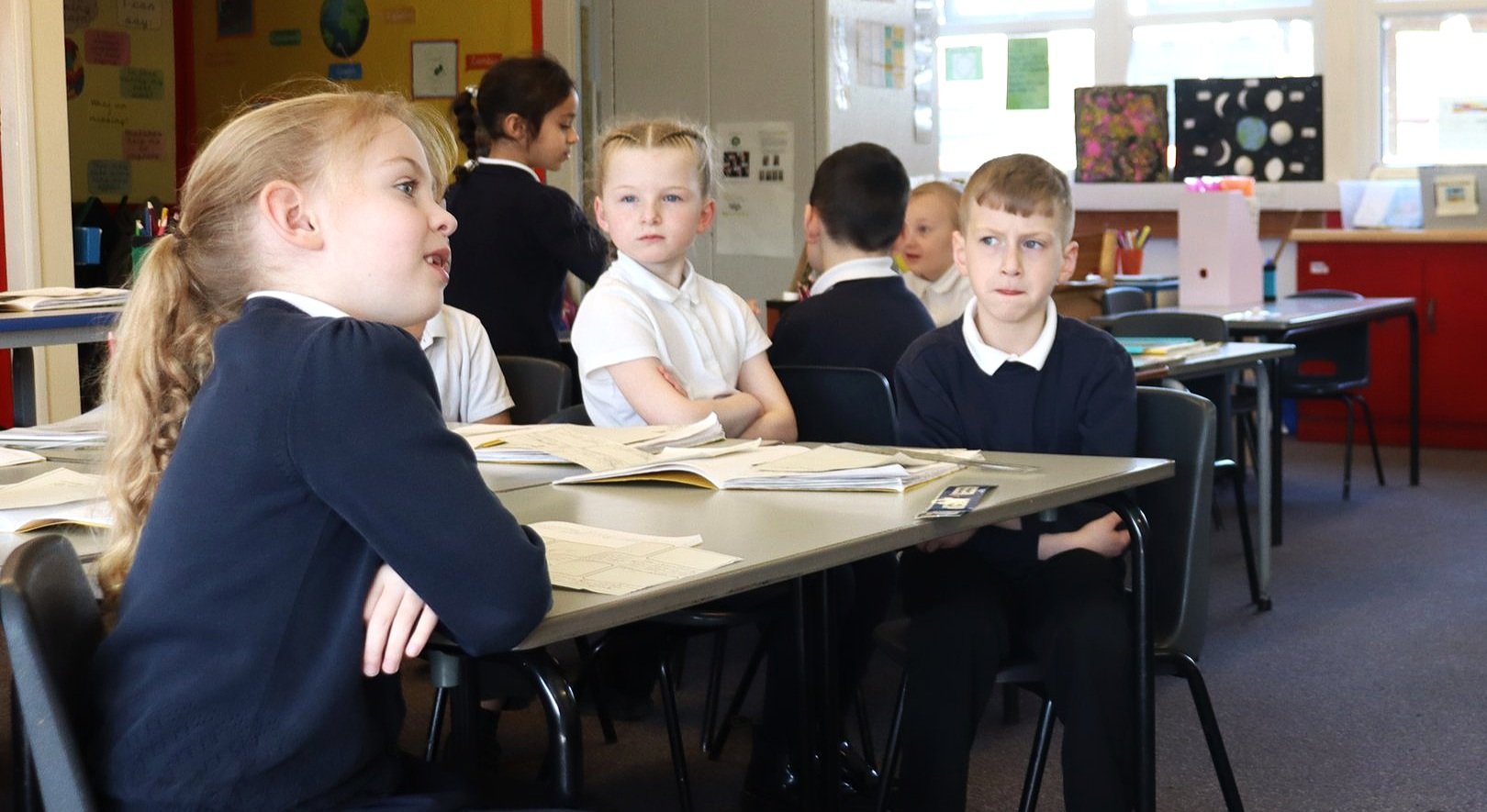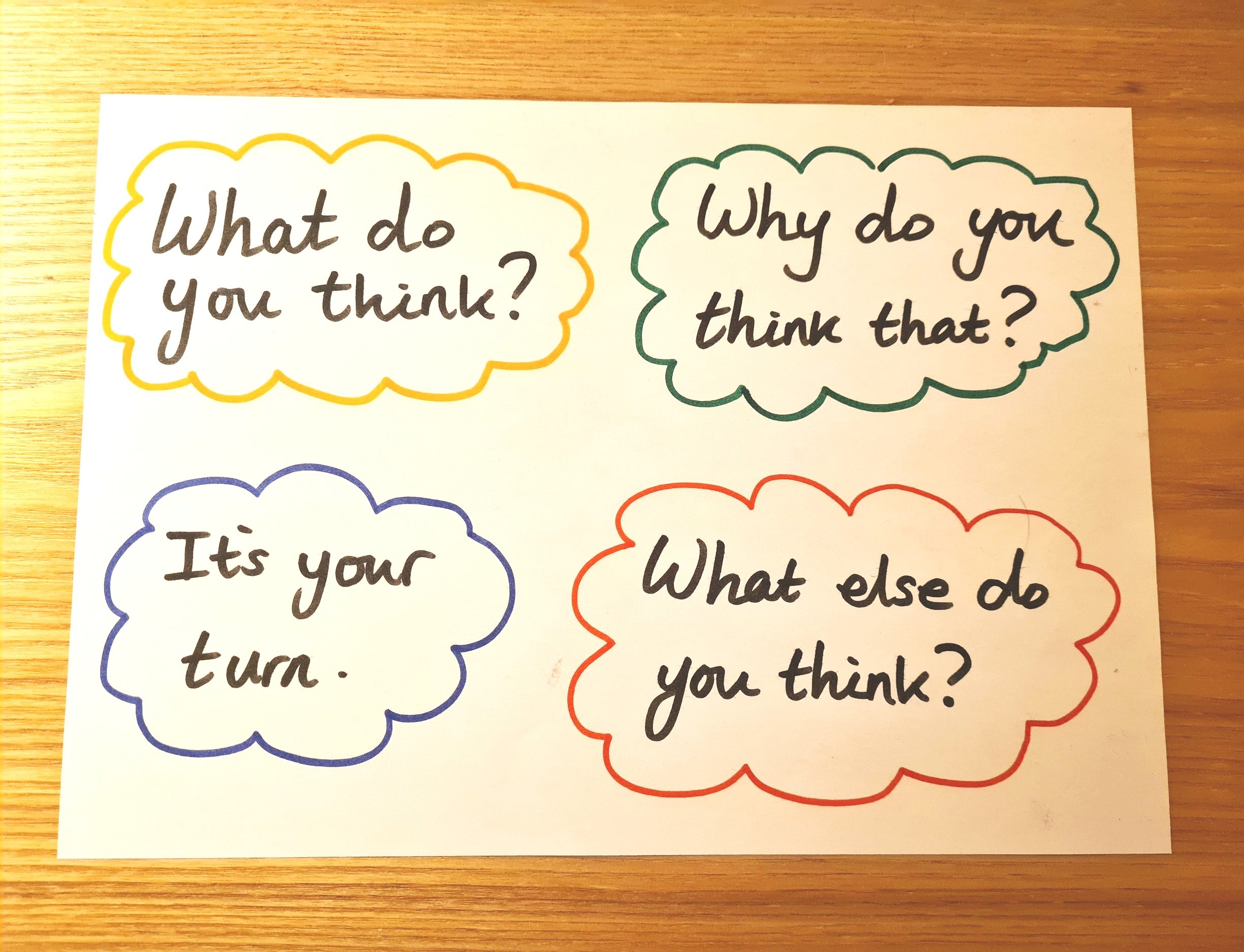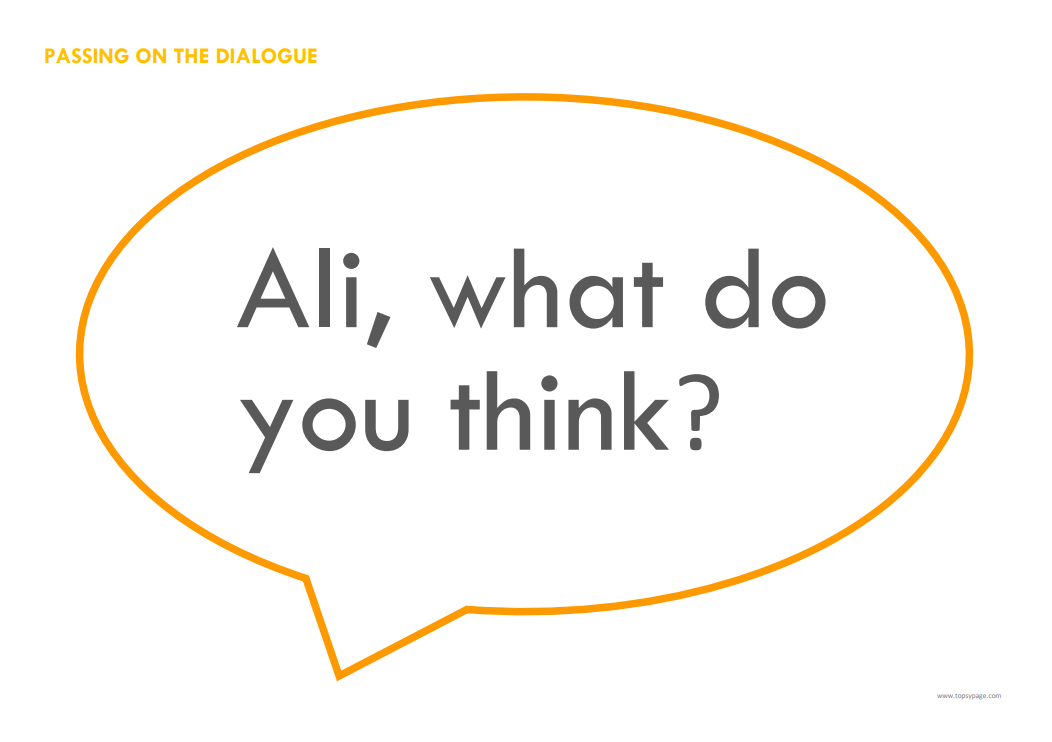This is a short video which I often show on P4C training courses. In it the brilliant Will Ord, trainer and speaker, explains a way to help children engage more effectively in dialogue with others. Too often, he says, students will give their response or thoughts without really considering what previous speakers have said. By having them use connectable objects such as Lego bricks to symbolise their connecting ideas, we can support them to think more collaboratively.

To get the most from this approach, I would recommend providing talk prompts for expanding or building on. For example, Adding to what Zack said… or I have been listening carefully and I would like to add a new point.
Give these techniques a try and see what effect they have in your classroom.
Talk prompts and sentence stems to help learners express different types of thinking
Help students to use the language of Maths
A detailed description including building, helping, sharing and working together
Pupils feel that P4C helps them with everything from relationships to confidence to staying calm
How one teacher helped her class go deeper in their P4C enquiry
Providing talk prompts to students can increase the quality of partner talk
Ensure consistency and impact for high-quality pupil dialogue.
I strongly recommend providing Talk Prompts to help pupils formulate high quality spoken sentences and then bring powerful, formal phrases into their writing.
When using random selection in whole class learning, if a child doesn’t respond, there are several options.
I’ve noticed it’s useful to provide Pupil Talk Prompts that enable them to ask for thinking time or help.
A great way to start the day in Early Years - developing early language and reasoning as well as engaging families in their child’s learning.
Pupils immediately speaking in more powerful, articulate sentences as a result of a really simple technique.
Using prompt cards to raise the level of spoken language as well as written language.























